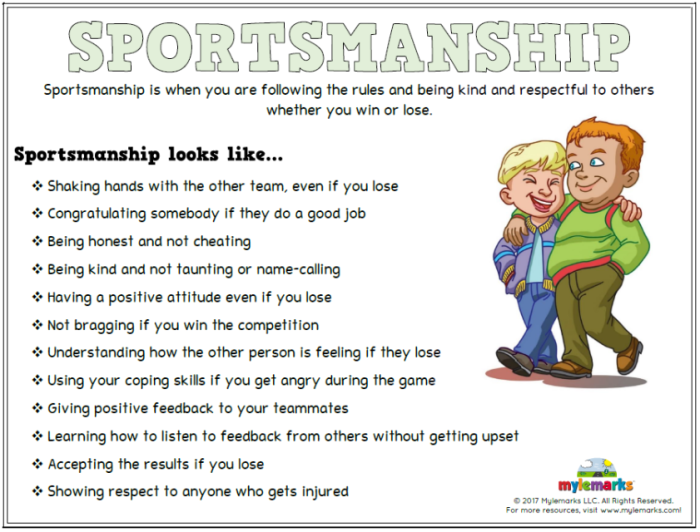Ever wondered what it takes to be a true champion? It’s not just about winning, it’s about playing fair, respecting your teammates, and learning from both victories and defeats. “My 1st Book of Sportsmanship” is your kid’s guide to becoming a superstar on and off the field, with fun activities and real-life examples that make learning about sportsmanship a total blast!
This book covers everything from teamwork and fair play to handling wins and losses with grace. It’s all about building character, fostering positive attitudes, and learning valuable life skills that will help kids succeed in any situation. Whether they’re playing soccer, joining a dance class, or just navigating everyday life, this book will give them the tools they need to be a good sport, a great teammate, and a true champion in life.
Teamwork and Collaboration
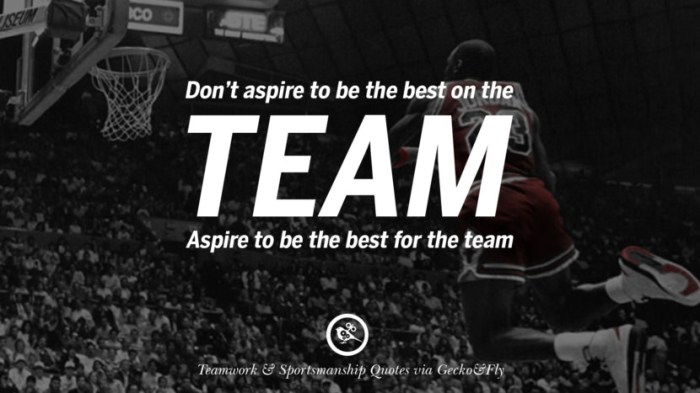
Working together as a team is like making a super awesome pizza! You need all the different ingredients – the dough, sauce, cheese, and toppings – to make something truly delicious. Just like a pizza, a team needs everyone to do their part to reach their goals.
Benefits of Teamwork
Teamwork is like a superpower that helps us achieve amazing things! When we work together, we can:
- Get more done: Imagine building a giant sandcastle. It’s much easier and faster if everyone pitches in, right? The same goes for anything we do as a team. We can accomplish more when we combine our skills and efforts.
- Learn from each other: Everyone has different strengths and talents. By working together, we can learn from each other and grow. It’s like having a bunch of amazing teachers all in one place!
- Solve problems creatively: When we brainstorm ideas together, we can come up with solutions we might not have thought of on our own. It’s like having a whole team of brilliant minds working together to find the best answer!
- Have more fun: Working together as a team can be a lot of fun! It’s like playing a game with your friends, except you’re all working towards the same goal. Plus, it’s always more fun to celebrate success with a team!
Teamwork in Sports
Teamwork is super important in sports! Imagine a basketball team where everyone just tries to score on their own. That wouldn’t work very well, would it? In sports, teams need to work together to pass the ball, defend, and support each other.
- Basketball: Players need to pass the ball to each other, set screens, and help each other on defense. It’s like a giant dance where everyone needs to know their steps and work together to make it look amazing.
- Soccer: Soccer players need to pass the ball, move strategically, and support each other on offense and defense. It’s like a game of tag where everyone needs to work together to get the ball into the goal.
- Baseball: Baseball players need to work together to hit the ball, run the bases, and field the ball. It’s like a puzzle where everyone needs to play their part to get the ball to home plate.
Teamwork in Everyday Life
Teamwork isn’t just for sports! We use teamwork in everyday life all the time. Here are some examples:
- Helping out at home: Working together to clean the house, do the dishes, or cook dinner can make things a lot easier and more fun. It’s like having your own little team at home!
- School projects: Working together on school projects can help everyone learn more and have more fun. It’s like a giant brainstorming session where everyone shares their ideas and works together to create something amazing.
- Playing games with friends: Playing games with friends is a great way to practice teamwork. It’s like a mini-competition where everyone works together to win, even if they’re on different teams.
Teamwork Activity: Building a Tower
Let’s put our teamwork skills to the test! Grab some blocks or building materials and see if you can build the tallest tower you can. Here are some tips for building a great tower as a team:
- Talk to each other: Before you start building, talk about your plan. What kind of tower do you want to build? How tall do you want it to be? Who will build which part?
- Work together: Once you have a plan, work together to build the tower. Take turns placing the blocks, and help each other out if someone needs a hand. Remember, you’re a team!
- Be patient: Building a tall tower takes time and patience. If the tower starts to fall, don’t give up! Work together to fix it and try again.
Winning and Losing Gracefully
Winning and losing are both parts of playing sports. It’s important to remember that everyone loses sometimes, and everyone wins sometimes. But it’s how we handle these wins and losses that shows our true sportsmanship. Being a good sport means accepting both wins and losses with grace and humility.
Showing Grace in Victory and Defeat
Showing grace in victory and defeat is essential for building a positive sports environment. It’s about acknowledging the effort of your opponents and celebrating your successes without being arrogant.
“It’s not the winning that counts, it’s the trying.” – Pierre de Coubertin
Teaching kids about sportsmanship is a total game-changer, like, it’s the ultimate life lesson. “My 1st Book of Sportsmanship” is a great way to get those little ones on the right track, you know, learning all about teamwork, fair play, and how to handle winning and losing like a champ.
Speaking of champs, P!nk is a total rockstar, and her official calendar for 2022, P!nk 2022 Calendar Squared Monthly Calendar Mini Planner 12 Months 2022 bonus September to December 2021 Pop Music Super Star celeb Official Photos , is super rad.
So, if you want to instill some serious good vibes in your kids, “My 1st Book of Sportsmanship” is a must-have, like, it’s totally a slam dunk!
Here are some examples of athletes who have shown grace in victory and defeat:
- Serena Williams, a legendary tennis player, has always been known for her fierce competitiveness. However, she has also displayed remarkable grace in both victory and defeat. After losing the 2018 US Open final, she gave a heartfelt speech that showed her sportsmanship and respect for her opponent.
- Tom Brady, the legendary quarterback of the New England Patriots, has won numerous Super Bowls and is considered one of the greatest players of all time. Despite his success, he has always shown humility and respect for his opponents, both in victory and defeat.
Yo, little champs! Want to learn how to be the ultimate team player, win with grace, and lose like a champ? “My 1st Book of Sportsmanship” is your guide to crushing it on and off the field. Ready to score big on sportsmanship?
Download And Listen Here to get your game face on! “My 1st Book of Sportsmanship” is packed with tips and tricks for young athletes, so they can be the best versions of themselves, both on and off the field.
- Michael Jordan, a basketball icon, was known for his fierce competitiveness and drive to win. However, he also showed grace in defeat, often congratulating his opponents and acknowledging their skills.
Tips for Helping Kids Cope with Losing and Celebrating Victories
It’s important to help kids understand that losing is a part of the game and that it’s okay to feel disappointed. But it’s also important to teach them how to cope with losing in a healthy way. Here are some tips:
- Focus on the effort. Instead of dwelling on the loss, help your child focus on the effort they put into the game. Encourage them to celebrate their hard work and the progress they’ve made.
- Learn from mistakes. Losing provides an opportunity to learn from mistakes and improve for next time. Encourage your child to reflect on their performance and identify areas where they can grow.
- Don’t make a big deal out of it. While it’s important to acknowledge your child’s feelings, try not to make a big deal out of the loss. Help them to move on and focus on the next game.
- Celebrate victories. When your child wins, celebrate their achievement! Encourage them to share their joy with their teammates and opponents. But also, remind them to be humble and to acknowledge the hard work of everyone involved.
Playing Fairly and Resolving Conflicts
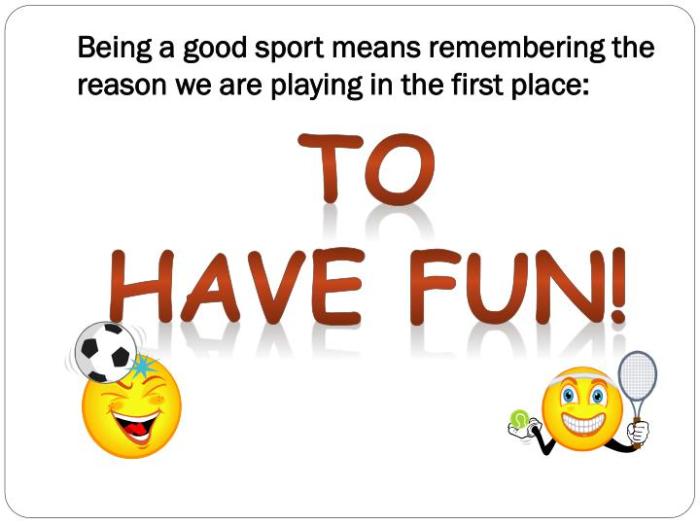
Playing fair means following the rules and being respectful of everyone involved. It’s like a secret code that helps everyone have fun and be safe. It’s important in sports, games, and even in everyday life!
Understanding Fair Play
Fair play is about treating everyone with respect, even if you’re playing against them. It means:
- Following the rules of the game, even if you think they’re unfair.
- Not cheating or taking shortcuts.
- Being a good sport, even if you lose.
- Being honest and truthful about your actions.
- Encouraging others and celebrating their successes.
Resolving Conflicts Peacefully
Conflicts are a normal part of life, but it’s important to learn how to resolve them peacefully and fairly.
- Take a deep breath and calm down:Sometimes, when we’re angry or upset, we might say things we don’t mean. Taking a few deep breaths can help us calm down and think clearly.
- Listen to the other person’s perspective:Try to understand why the other person is upset or angry. Ask them questions to get their side of the story.
- Talk it out:Communicate your feelings in a calm and respectful way. Try to find a solution that works for everyone.
- Apologize if necessary:If you did something wrong, apologize sincerely and try to make things right.
- Compromise:Sometimes, both people need to give a little to find a solution that works for everyone.
Conflict Resolution Scenario
Imagine you’re playing tag with your friends. You’re running fast, trying to catch someone, and accidentally bump into another friend, making them fall. Your friend gets upset and yells at you. What do you do?
Teaching kids about sportsmanship is a total game-changer, like learning how to care for your own awesome axolotl! If you’re looking for some cool facts about these amazing creatures, check out Fun Facts About Axolotl 47 Frequently Asked Questions by Axolotl Pet Owners and Lovers – Short Info Book for Kids (Colored Edition).
Just like learning about axolotls, teaching kids sportsmanship helps them develop valuable skills that will help them succeed both on and off the field.
- Take a deep breath and apologize:You can say, “I’m sorry I bumped into you. I wasn’t trying to hurt you.”
- Listen to their perspective:Ask your friend, “Are you okay? Did I hurt you?”
- Find a solution:You can suggest, “Let’s play a little more carefully, so we don’t bump into each other again.”
Book Review
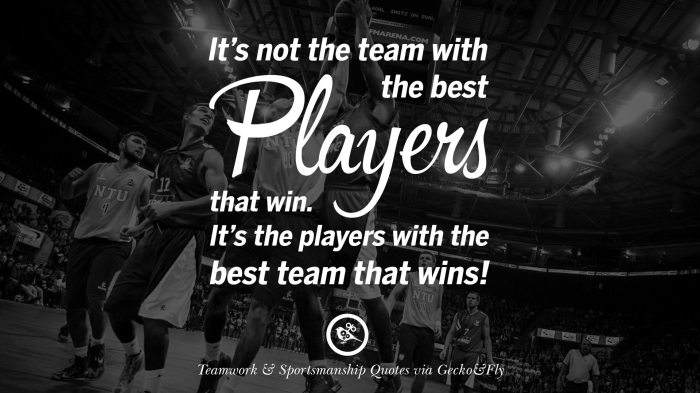
“My 1st Book of Sportsmanship” is a delightful and engaging guide for young children aged 5 and up, aiming to instill valuable life lessons through the lens of sports. The book explores essential concepts like teamwork, winning and losing gracefully, playing fairly, and resolving conflicts, making it a comprehensive resource for parents, educators, and coaches.
Teaching kids about sportsmanship is all about building character, right? It’s not just about winning, but about being a good teammate and playing fair. Maybe you could use a 2022 Calendar Mini Calendar 2022 for Fans with Big space for Planning – 7 x 7 inches when closed & 7” x 14” when opened to plan some fun family activities, like a game night where you can teach them about winning and losing gracefully.
After all, life is a game, and it’s important to know how to play it right.
Target Audience and Takeaways
The book’s target audience is young children who are starting to engage in organized sports or other competitive activities. It provides a simple and relatable framework for understanding the importance of sportsmanship, emphasizing the values of respect, fairness, and collaboration.
Children will learn:
- The significance of teamwork and how to work together effectively to achieve common goals.
- How to handle victory with humility and defeat with grace, understanding that both are part of the game.
- The importance of playing by the rules and treating opponents with respect, even in the heat of competition.
- Effective strategies for resolving conflicts peacefully and finding solutions that benefit everyone involved.
Strengths and Weaknesses
The book’s strengths lie in its engaging storytelling, vibrant illustrations, and clear explanations of complex concepts. The use of real-life examples and relatable scenarios makes the lessons accessible and relevant to young children. However, the book could benefit from more interactive elements, such as quizzes, games, or activities, to further reinforce the concepts presented.
Recommendation
“My 1st Book of Sportsmanship” is a valuable resource for parents, educators, and coaches who want to teach children about the importance of sportsmanship and character development. It provides a solid foundation for fostering positive values in young athletes, promoting a healthy and enjoyable experience for all involved.
Conclusion
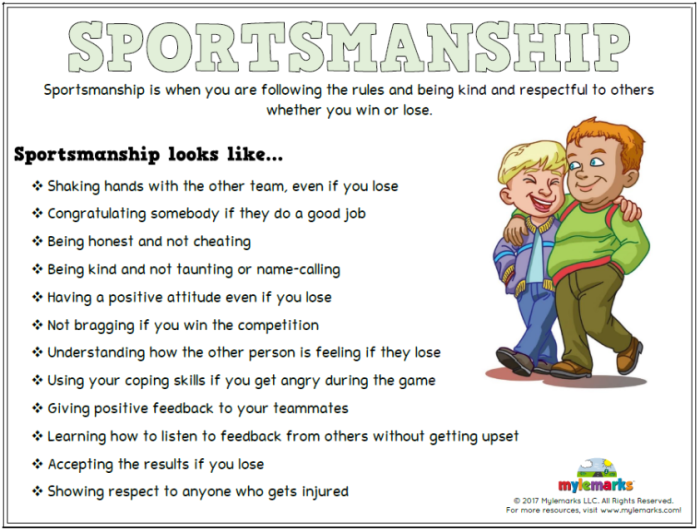
So, are you ready to unleash your inner champion? “My 1st Book of Sportsmanship” is the perfect companion for kids who want to learn how to be a good sport, build strong relationships, and develop the confidence to shine in all areas of their lives.
Get ready to score big with sportsmanship!
FAQ Overview
What age is this book for?
This book is designed for kids ages 5 and up.
Is this book just about sports?
While the book uses sports as examples, the lessons about sportsmanship apply to all areas of life, from school to friendships to family.
What kind of activities are included?
The book features engaging activities like building a tower together, role-playing conflict resolution scenarios, and discussing real-life examples of sportsmanship.

